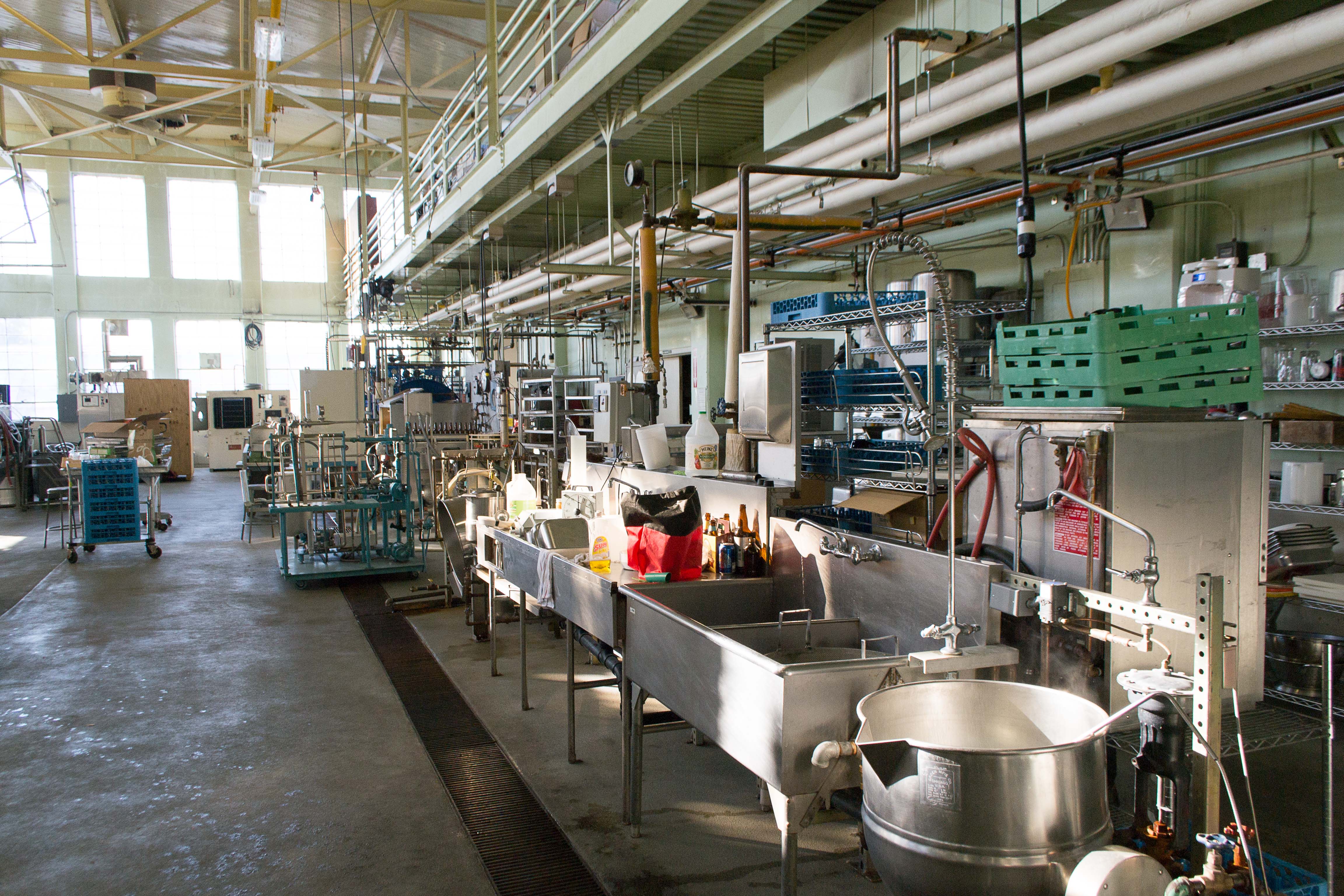
Photo from academic.microsoft.com
In this study, the physicochemical characteristics and antioxidant potentials of 10 Chinese olive cultivars were investigated. Considerable differences were found between cultivars in weight, edible yield, water content, size, shape,… Click to show full abstract
In this study, the physicochemical characteristics and antioxidant potentials of 10 Chinese olive cultivars were investigated. Considerable differences were found between cultivars in weight, edible yield, water content, size, shape, total soluble solids, and total titratable acidity. The major sugars and organic acids in all the cultivars were glucose, fructose, and malic acid. Phenolics were the most abundant antioxidants (1174.0 to 1799.6 mg gallic acid equivalents/100 g fresh weight). Twelve phenolic compounds were identified and quantified by UPLC-MS/MS. Six compounds were identified first in the Chinese olive, with 3-O-galloylquinic acid and geraniin isomers as the most abundant compounds. The results also indicated that the phenolic content (TPC) correlated with the antioxidant properties of Chinese olive fruit extracts. A principal component analysis indicated that the Tantou and Tanxiang cultivars were a valuable source, with high TPC and antioxidant activity, whereas Maken22, Changying, and Green changying cultivars may be eaten fresh and had high sugar and low phenolic contents. This information will be useful for selecting suitable cultivars for industry and the market.
Journal Title: Journal of food science
Year Published: 2017
Link to full text (if available)
Share on Social Media: Sign Up to like & get
recommendations!